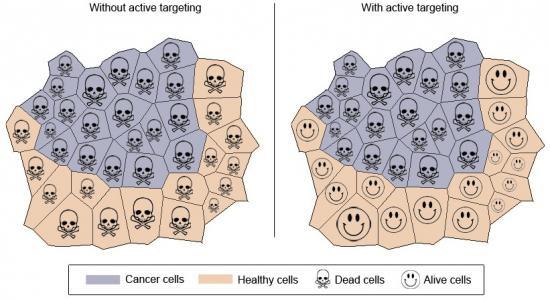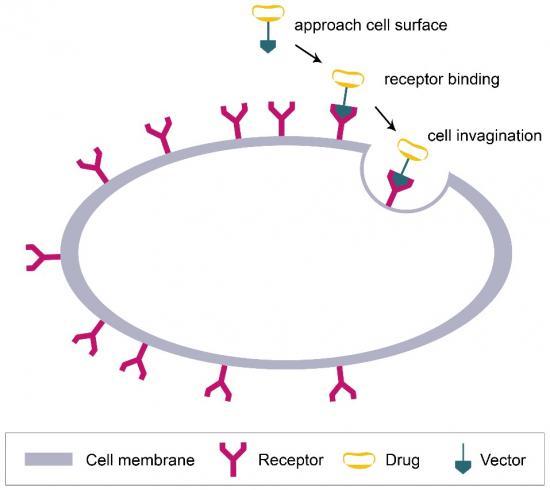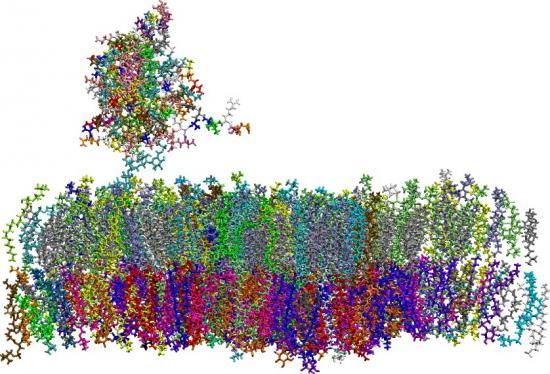Research on the project and main results
Project summary
One of the main drawbacks of contemporary medicines in general and of chemotherapeutics used for cancer treatment in particular is that they are resorbed non-specifically in the organism. This results in a number of undesired side effects, some of which with long-term health-deteriorating consequences for the patients. The ability for targeted drug delivery to malignant cells would significantly improve the quality of medical treatment and is one of the modern drug development directions [M. Gooding, L. P. Browne, F. M. Quinteiro, D. L. Selwood, Chem. Biol. Drug Des. 80 (2012) 787-809]. Studying the molecular-level behaviour of components for such drug delivery systems is the main objective of the project.
Nowadays, an active field of research is the elaboration of systems and methods for directed delivery of pharmaceutics to target tissues in the organism by using drug delivery systems. One of the approaches to achieve more efficient transport is the active targeting of drug transporting compounds. This technique is based on including vector-ligands in the drug delivery system, which are recognized in vivo by various receptors located on the surface of malignant cells [Y. Zhong, F. Meng, Ch. Deng, Zh. Zhong, Biomacromolecules 15 (2014) 1955-1969]. Cancer cell membranes are known to contain large amounts of certain receptors [Parker, N.; Turk, M. J.; Westrick, E.; Lewis, J. D.; Low, P. S.; Leamon, C. P. Anal Biochem 2005, 338(2), 284–293], which can be selected as the target for the active transporters. There is no unified opinion on which macromolecule is the most suitable one for specific transduction of the drugs and, hence, studies in this direction are needed.
Proper selection of the targeting ligands is necessary as well. Even though many chemical and biochemical compounds have been tested as vectors, there are still non-elucidated aspects related to the specificity of their action. More fundamental understanding of the problem and determination of the factors governing the ligand-receptor interaction are in place.
The main objectives of the project encompass molecular-level clarification of part of the unanswered questions and in view of that the following tasks are formulated: (i) selection of an appropriate receptor; (ii) study of a series of vector ligands, which bind to it and are experimentally accessible; inclusion of these ligands in a carrier system of a chemotherapeutic; singling out of the most suitable vectors by rational design; (iii) elucidation of the targeting and recognition mechanism of these (bio)molecules by model receptor-containing lipid membranes mimicking those of cancer cells.
The tasks will be accomplished with the methods of molecular modelling. The main tool within the project are molecular dynamics (MD) simulations. MD trajectories for model systems composed of vector-ligands and model cell membranes with an embedded receptor are generated in conditions as close as possible to physiological ones.
The dynamics of the targeting process, as well as the types of operative interactions responsible for the vectors-membrane recognition specifics, are investigated. For description of the energetics in the model systems, also quantum chemical calculations are performed for concise active parts.


